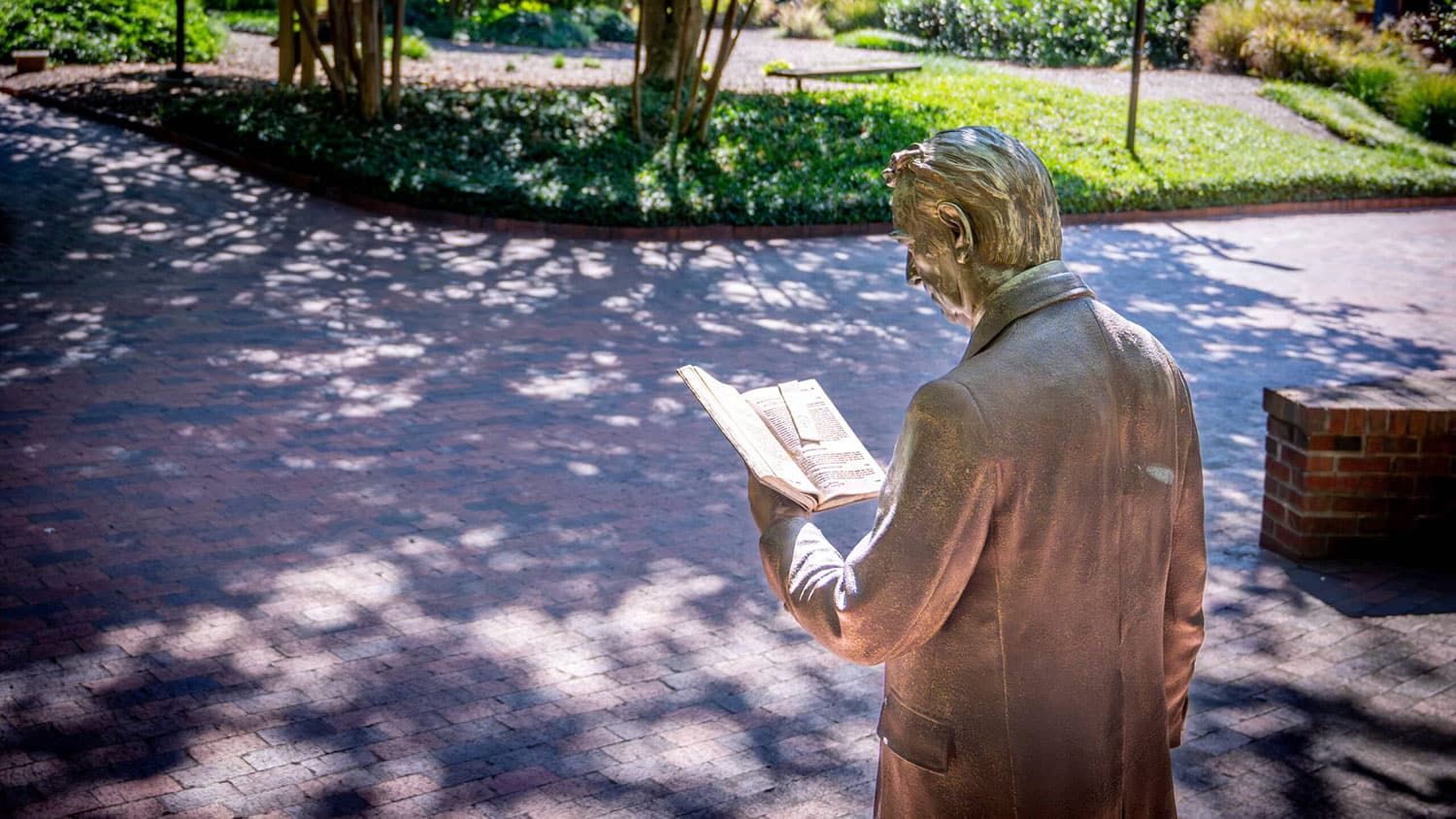How A New Probe May Save Your Life (Or, At Least, Your Bridge)

If the 1970s version of Battlestar Galactica had included water cannons, they would probably have looked like the ISEP (In situ Scour Evaluation Probe). But, unlike Battlestar Galactica props, the ISEP can save lives, and money, by helping to maintain the safety of key infrastructure such as bridges and dams.
At issue is something called scour, which is the erosion of soil around structures – such as bridges – as a result of water flow. Picture the way that waves wash the sand away from your feet on the beach, and you’ll get the idea. According to the Federal Highway Administration, scour is responsible for 60 percent of bridge failures in the U.S. A more dramatic example is the role that scour played in the failure of Louisiana levees in the wake of Hurricane Katrina. Scour is a big deal.
The best way to prepare for scour, and minimize the effects of hurricanes and other scour-exacerbating events, is to assess soil’s scour potential. How much dirt/sand/clay can we expect to wash away under different conditions? Historically, this has been done by taking soil samples to a lab, where specialized technology can be used to test the samples. The logistics involved make it difficult and time-consuming to collect and test a large number of samples. Enter the ISEP.
The ISEP, developed by two researchers at NC State, can test soil on-site and at multiple depths. Since it can be used on site, the ISEP allows researchers to perform more tests (and what scientist doesn’t want a larger data set?). Testing at multiple depths is important too, since it gives researchers information on how different layers of soil will behave, as the layers are scoured away. All in all, it means that the ISEP can help authorities better predict scour, and protect our infrastructure. I think we can all agree that keeping our bridges, dams and levees intact is a good thing.
The new technology was unveiled earlier this month at the 5th International Conference on Scour and Erosion, and will be used in scour research efforts in the Outer Banks before the month is out.


